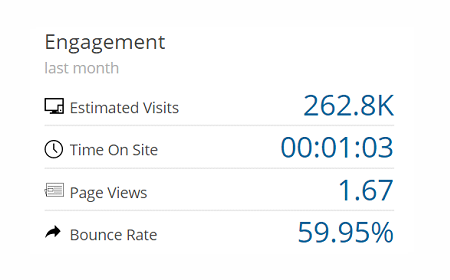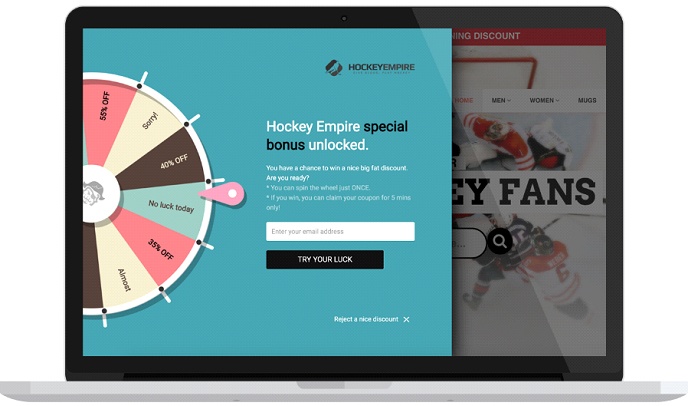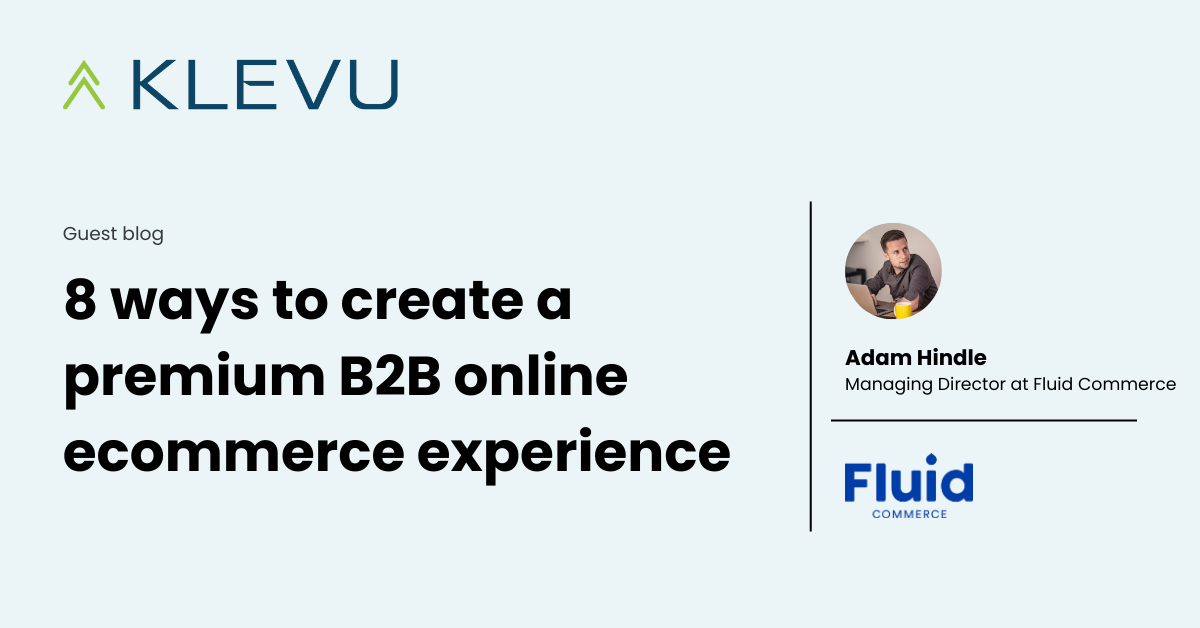Blog
Ways to reduce e-commerce bounce rates
by Klevu on
If you’re a player in the ecommerce ecosystem or simply just trying to drive more traffic to your blog, you’ve probably heard of bounce rates. Nowadays, Google Analytics takes all the heavy lifting away from us and calculates it for us. But what does it all mean?

What is a bounce rate?
Bounce rate is a metric measured as a percentage of users who enter a landing page, do absolutely nothing, and leave. The equation for calculating bounce rate is depicted below.
Rate of Bounce = (Number of visits with 1 page view) / (total Views)
Why should we care?
The bounce rate of a landing page can be imperative depending on what industry you’re in. It is especially important to compare your bounce rates to those of industry standards. For example, if an eCommerce web-store has a bounce rate above 50% the web-store may be in need of a serious redesign. The extent of your bounce rate regardless of whether it is high or low depends on your industry. A content based blog, will have a higher bounce rate because users are reading exactly what they need and leaving. Whereas, a web-store requires users to dig deeper and fill their shopping cart. Therefore, a high bounce rate is detrimental to eCommerce.
What affects bounce rate?
-
Loading speed of site content
A faster site leads to an increase in user experience. A better user experience correlates directly into increased conversions. Increased conversions are always good for eCommerce. According to Kissmetric’s blog, 47% of users expect a webpage to load in 2 seconds or less. This number drastically increases on mobile. A solution is to have developers change the way they index and load content.
-
Navigation
In this case, users cannot find what they are looking for within the first few seconds and then bounce. An easy way to mitigate this is to implement an adequate search technology. The same abovementioned principles of loading speed apply here. A web-store’s site search solution must be able to index products quickly and accurately. A solely keyword-based matching search solution is no longer adequate as most eCommerce sales occur on mobile. According to Statista, 53.9% of all retail ecommerce spending occurs on mobile. Mobile ecommerce search is extremely conversationally based. A simple solution is via a Magento or Shopify application is Klevu search.
-
Quality Content
This can be especially prominent with poorly designed web pages. If the content of your web page does not match your audience or there is little to interact with your bounce rates will be through the roof. A solution for this is to implement either more landing pages or more interaction points. For example, an email subscription prompt to read the next newsletter. The example posted below is a new paid Shopify application that adheres to the gambler in all of us.

-
Pop-ups / Advertisements
Additionally, pop-ups and trash content can be especially harmful to your site. While you may earn some extra revenue by adding advertisements, cluttered advertisements increase bounce rates. Cluttered advertisements and engagement pop-ups frustrate users lowering the user experience. An easy solution to this is to remove trash content, do a redesign, and measure bounce rate as a metric.
P.S. Approximately 236 million people use Adblock plugins.


